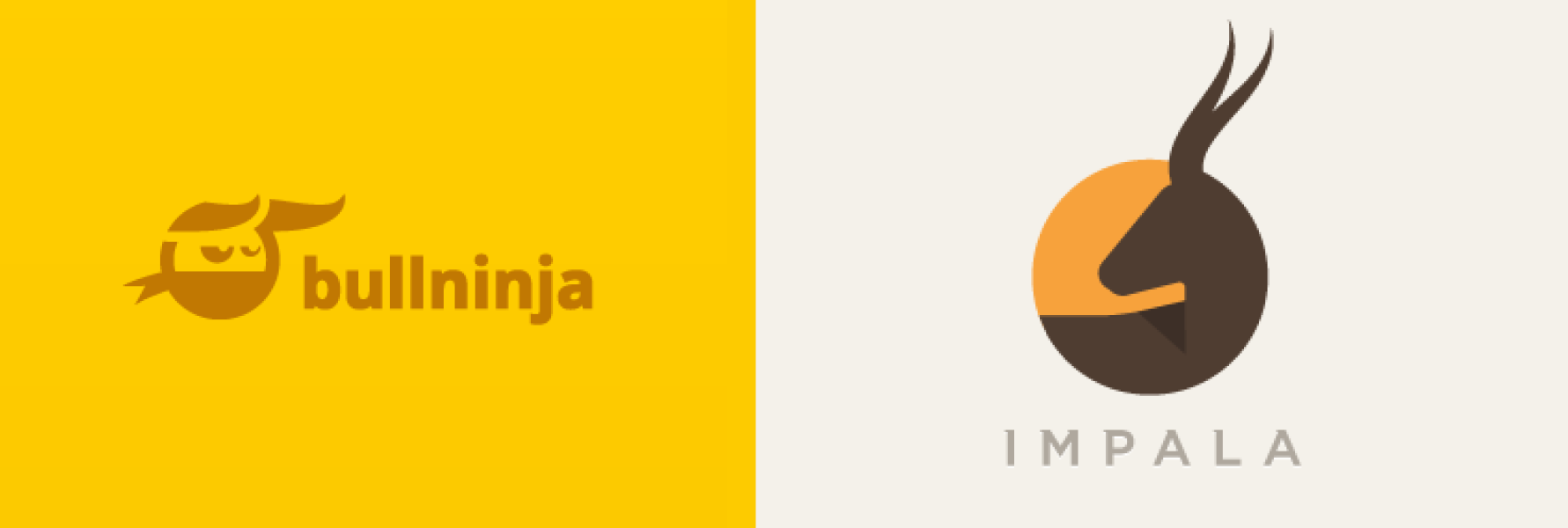Making logos work for the web
[ad_1]
When you design for the web, no matter the industry, there are expectations that must be met, and realities that must be accounted for. Although this is true for all forms of web design, it is especially true for logo design.
This is something we’ve encountered numerous times. Think about the many different conventions of logo design. They’re usually placed in the top left-hand corner of the page, they are usually linked to the homepage, they’re usually used to reinforce ideas or messages about the brand itself… I could go on.
So how do we craft innovative logos in a world where there are so many standards and expectations? We take advantage of them.
Brand reinforcement is a must
Okay, so first and foremost, your logo is your brand’s identity. It is a badge of pride, and a way to reinforce the principles and ideas that make up your organization. In that sense, it ought to be a straightforward platform for innovation. Yet, there are some expectations that a user has about what a logo should look like.
Here are a couple of examples:
Your logo ought to reiterate the same ideas that the rest of your content and branding supports. Organization names have a lot to do with logo design as well. In the above examples, the designs reflect the subject matter in the name of the organizations.
This type of cognitive association also helps to reinforce brand identity.
As one of its primary purposes, the way in which you choose to reinforce your brand has a huge bearing on the success of a logo. Here’s your chance to introduce creativity and playfulness into your organization in a way that captures the attention of a potential visitor.
Do you have a fun work culture? Show us with your logo, but don’t take it so far that it is not immediately recognizable as a logo.
Alternative linking schemes
When designing the flow of a site, designers must account for the need to return to the homepage. Rather than providing a “home” button in the navigation bar, the logo has been the traditional method for providing users with a way to return home.
This is a standard. But that doesn’t mean it’s the best possible way to go about things. You could theoretically link your logo to any page you deem appropriate. And since we’re talking about logo innovation, there are numerous ways to get sneaky (in a good way) with your logo linking scheme.
Consider the advantages of directing users to your contact page when they click on the logo
Perhaps there is a page on your site with a particularly high conversion rate, and you’d like to increase traffic to that particular page. You could try linking your logo to that page instead of the homepage, and measuring the results. There’s a high probability this will confuse your users, but it doesn’t necessarily mean that there will be a detrimental impact on conversion performance, especially if you still provide a way of returning home.
Consider the advantages of directing users to your contact page when they click on the logo: you know that the user is interested in staying on the site, because they’re clicking the logo, but you also know that they don’t necessarily know what they want if they’re returning to the homepage.
Placement is important
Another standard in logo design has to do with placement. How many logos have you seen that have not been in the top left corner of the page? I bet you can count all of them on one or both hands. That’s because users expect it to be in the top left-hand corner.
Expectation plays a huge role in usability.
And while I may have advocated for the abuse of user expectations in the previous section, here it is an entirely different story: until someone proves me wrong, there’s no reason to believe that conversion and bounce rates would be negatively affected by an altered linking scheme; placement, on the other hand, could be a deal breaker.
Expectation plays a huge role in usability.…placing the logo in any location other than the top left-hand corner will hurt your site
Case studies have shown that placing the logo in any location other than the top left-hand corner will hurt your site. NN Group found that centering your logos will make it roughly six times harder to return to the homepage of a site than left-aligned logos.
That means that regardless of where your logo will take users, they just won’t click on it if it’s not in an easily recognizable location.
Your logo is not arbitrary, but there’s room for innovation
Properly thought-out logo innovation can elevate an organization to a level beyond their competitors in the eyes of their target audience.
And while innovation is almost always a good thing, there are ways that it can hurt you. User expectations don’t have to be met 100% of the time, but it is important to take into consideration the exact ways in which your innovations will affect your user base.
Don’t make choices that will restrict users, or make it more difficult to convert. Remember that there are conventions and expectations in web design, and often, they can make or break a website’s performance.
Do find ways to innovate that will excite users or direct them to corners of your website they may have never known existed without your intervention. If this means surprising them, don’t hesitate to do so.
Anytime you innovate, be sure to track the performance of your changes on a level that will give you granular detail. Which users were negatively affected by your change? What were their expectations? You get the point.
[ad_2]




